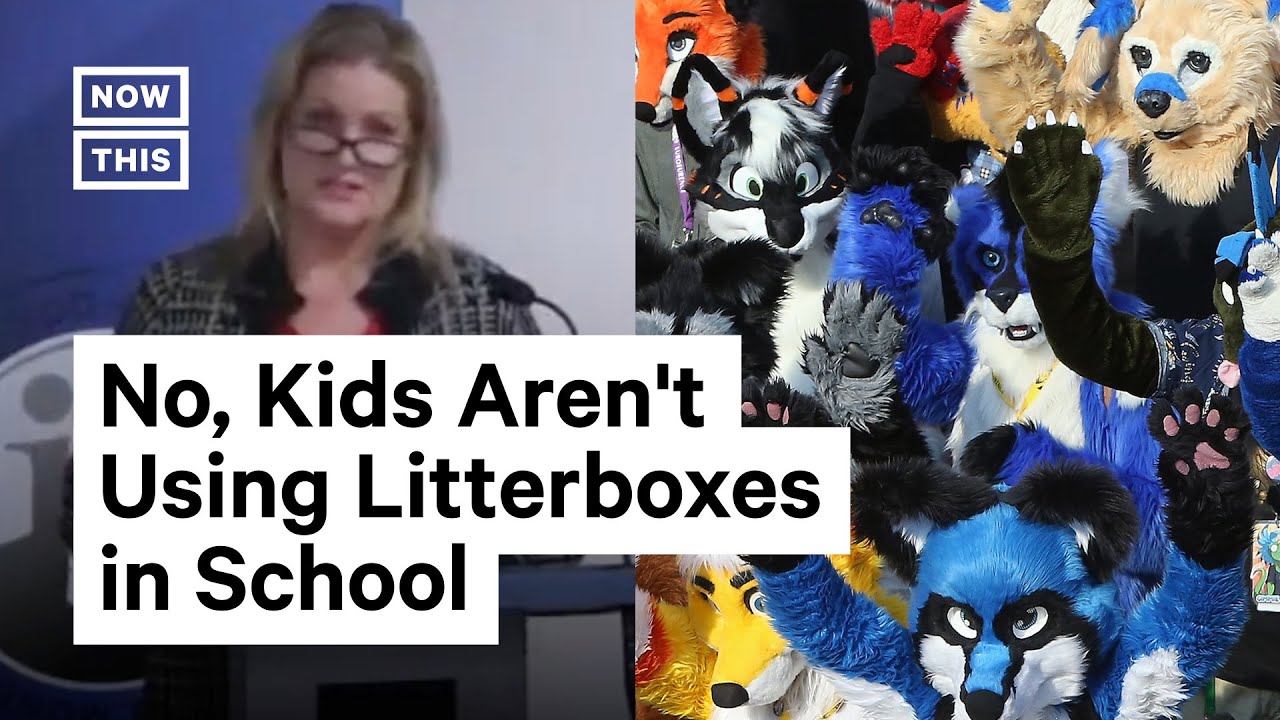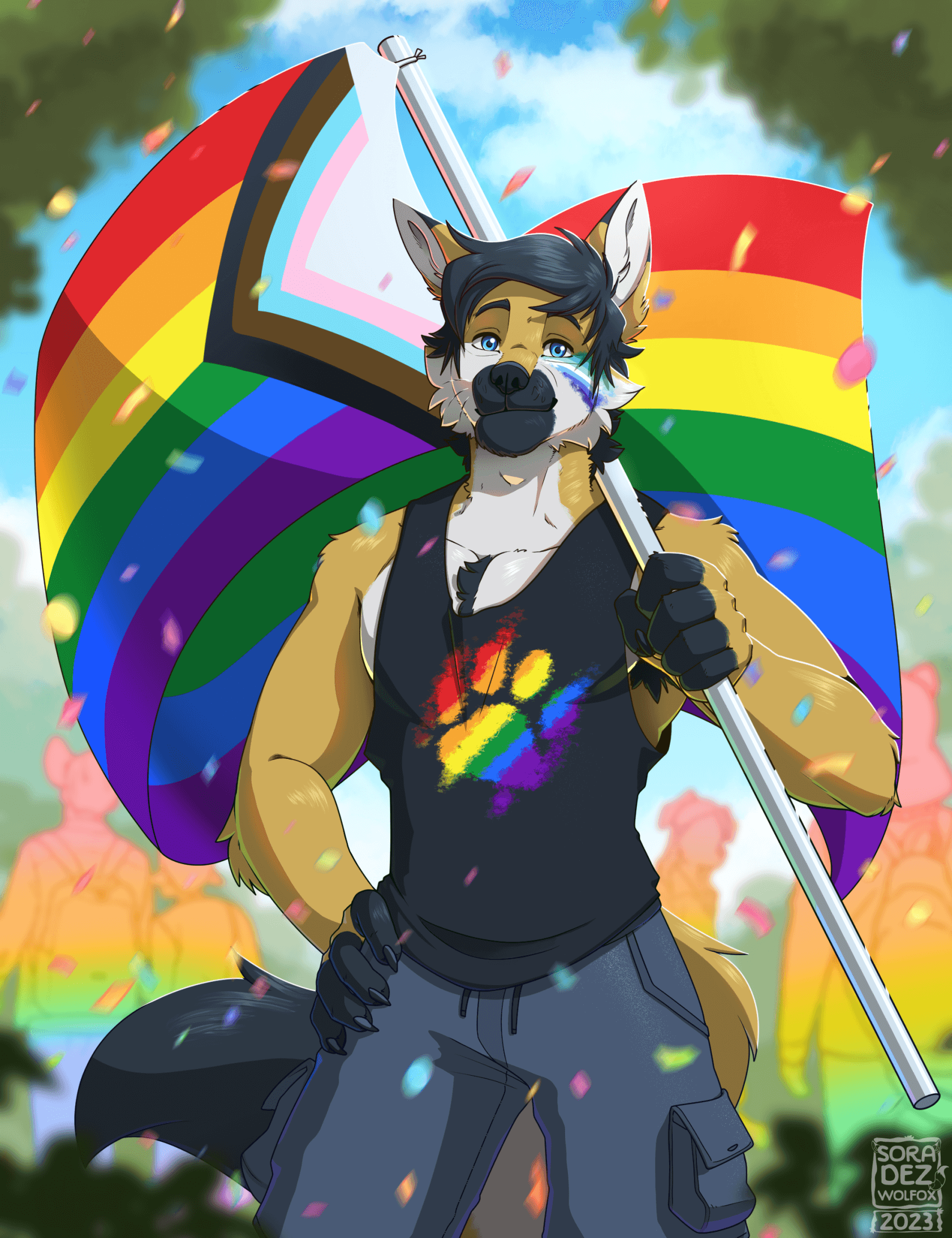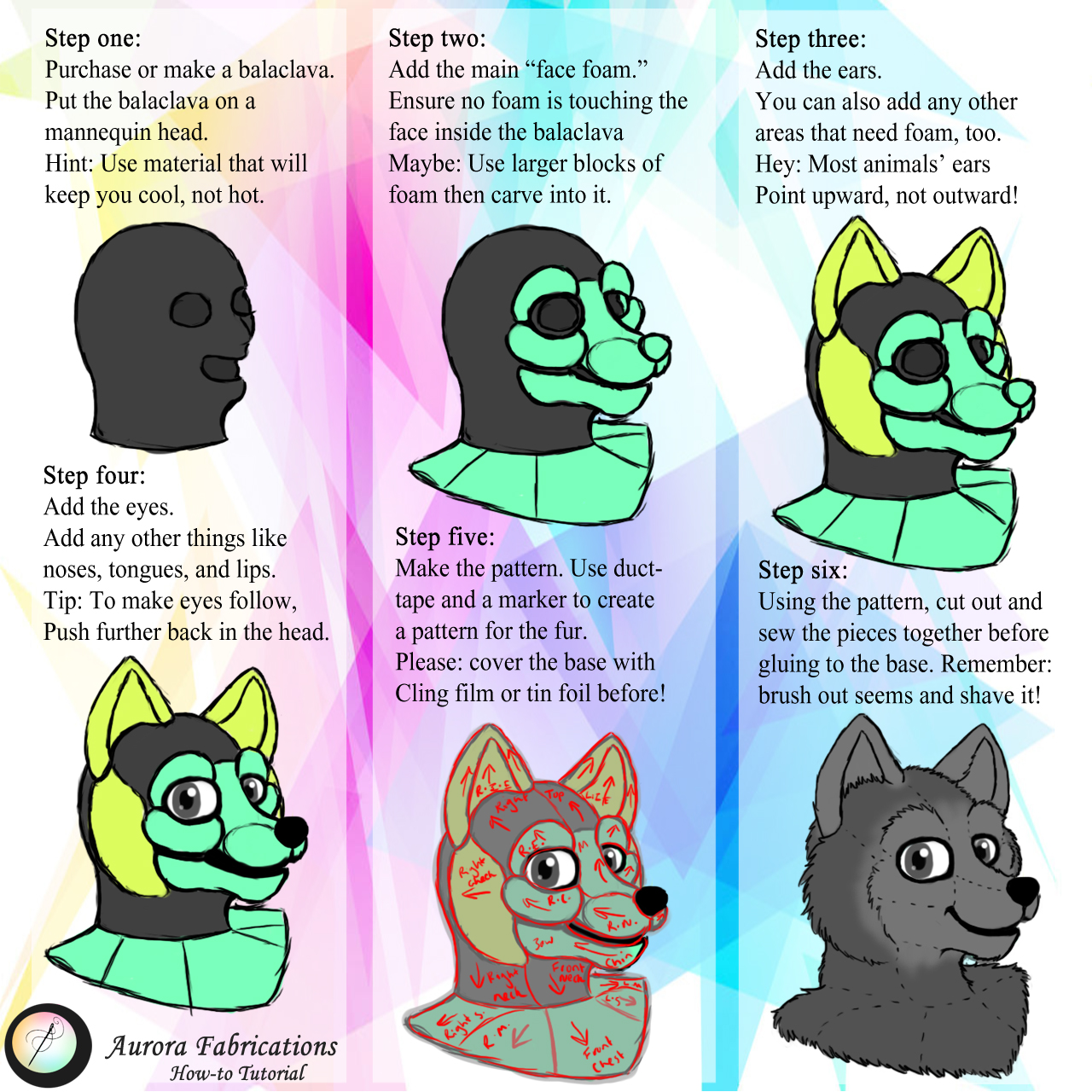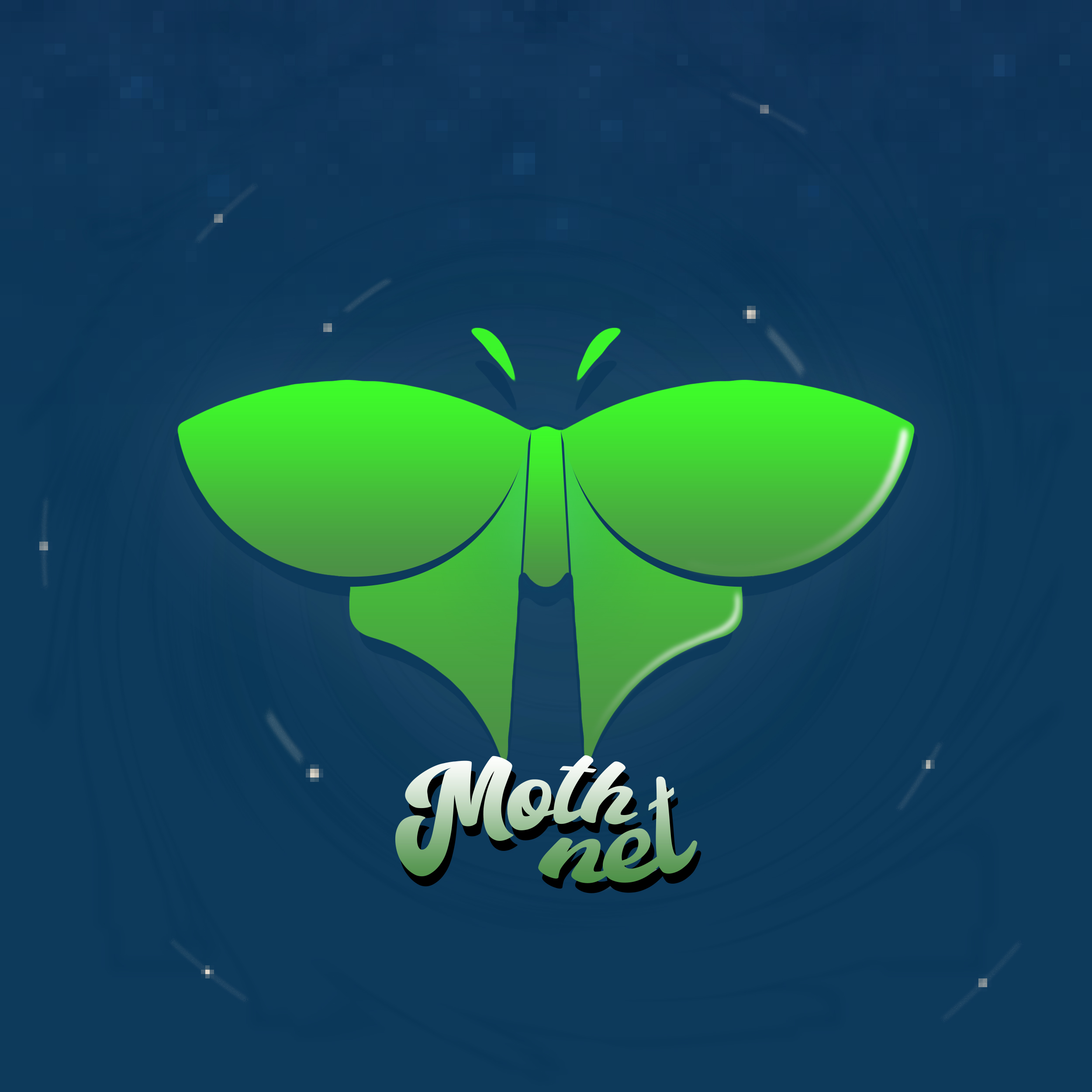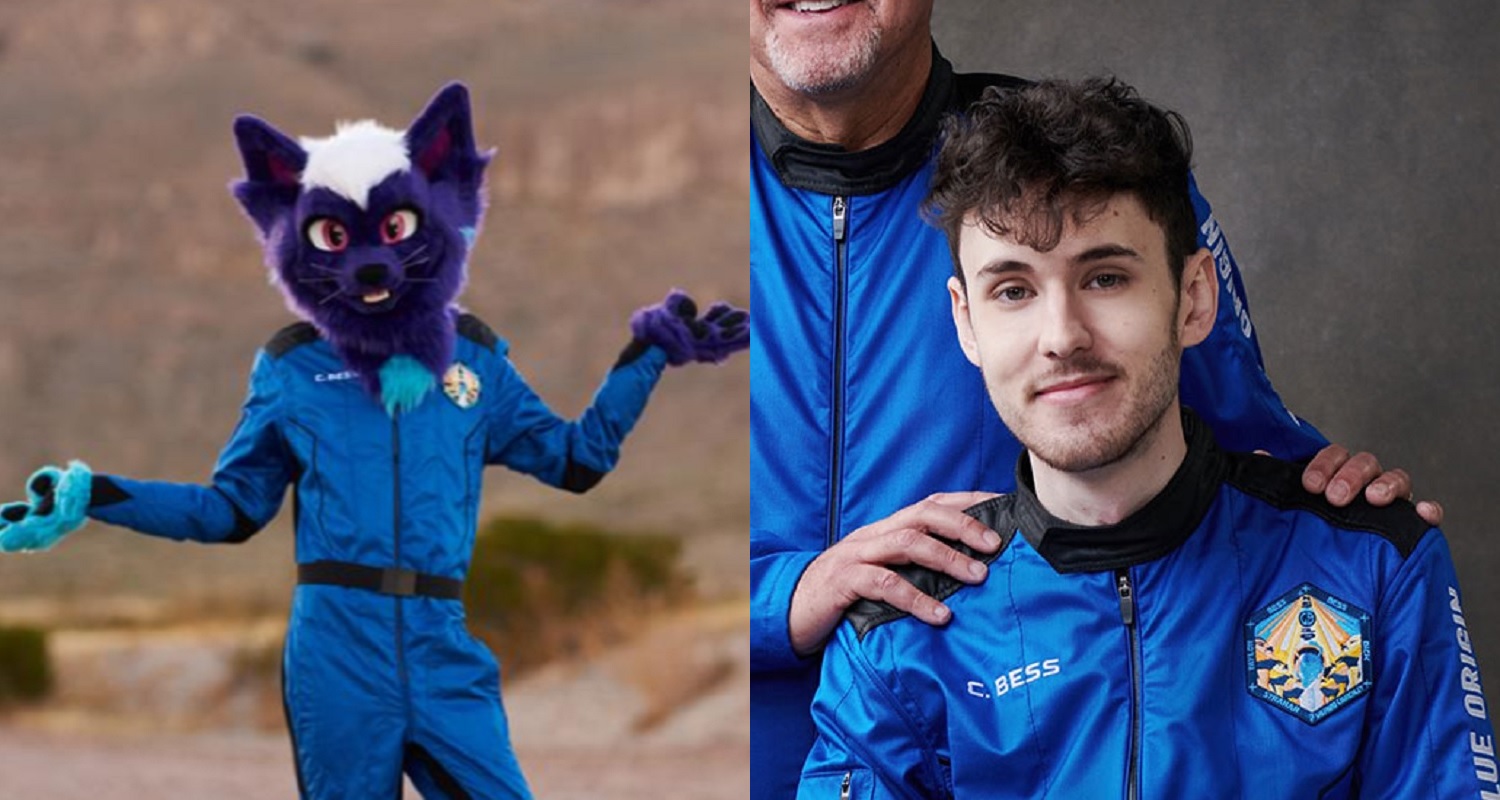The furry fandom, a diverse and creative community centered around anthropomorphic characters, welcomes individuals from all walks of life. Joining the furry fandom is a simple and personal decision, requiring nothing more than a desire to be part of this unique and inclusive community. In this guide, we’ll explore the steps you might take to join the furry fandom and what being a furry entails.
Becoming a furry starts with a simple step—self-identification. If you find enjoyment in anthropomorphic art, characters, or the creative expression that the furry fandom offers, then congratulations, you’re already on your way! To be a furry, one simply needs to embrace the label and call themselves a furry.
Immerse yourself in the diverse world of furry art and culture. Browse online platforms, such as Fur Affinity, DeviantArt, or Twitter, to discover a wide array of furry artists and their creations. Explore different art styles, characters, and stories that resonate with you. The furry fandom encompasses a rich tapestry of creativity, from traditional art to digital illustrations, fursuits, and literature.
A fursona is a personalized anthropomorphic character that represents you within the furry fandom. Creating your fursona is a fun and creative process that allows you to express your personality, interests, and imagination. Consider species, colors, accessories, and backstories that reflect who you are or who you aspire to be within the furry community.
Engage with fellow furries by joining online forums, social media groups, or attending local furry meet-ups and conventions. Platforms like Telegram, Discord, or furry-specific websites provide spaces for furries to share art, discuss interests, and make connections. Attend furry conventions, where you can meet others who share your passion and immerse yourself in the vibrant culture of the fandom.
As you navigate the furry fandom, it’s important to prioritize respect and inclusivity. The community thrives on diversity, welcoming individuals of all backgrounds, identities, and interests. Be open-minded, understanding, and supportive of your fellow furries. Respect personal boundaries, and remember that diversity is one of the strengths that makes the furry fandom so unique.
Joining the furry fandom is a journey of self-discovery, creativity, and community. By self-identifying as a furry, exploring furry art and culture, creating a fursona, connecting with the community, and embracing respect and inclusivity, you can fully immerse yourself in the furry experience. Remember, being a furry is a personal choice, and there are no strict rules—just a community waiting to welcome you with open paws.


